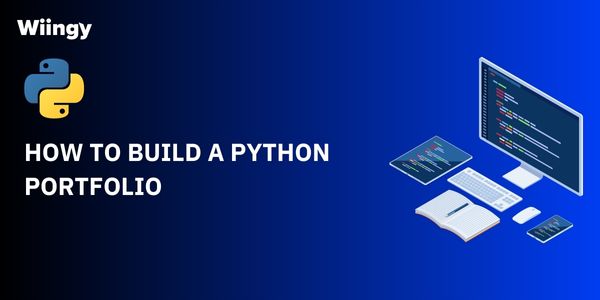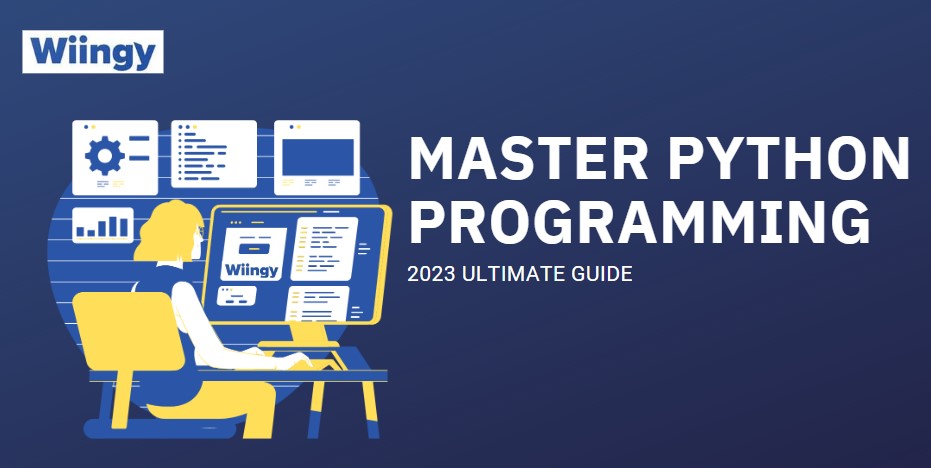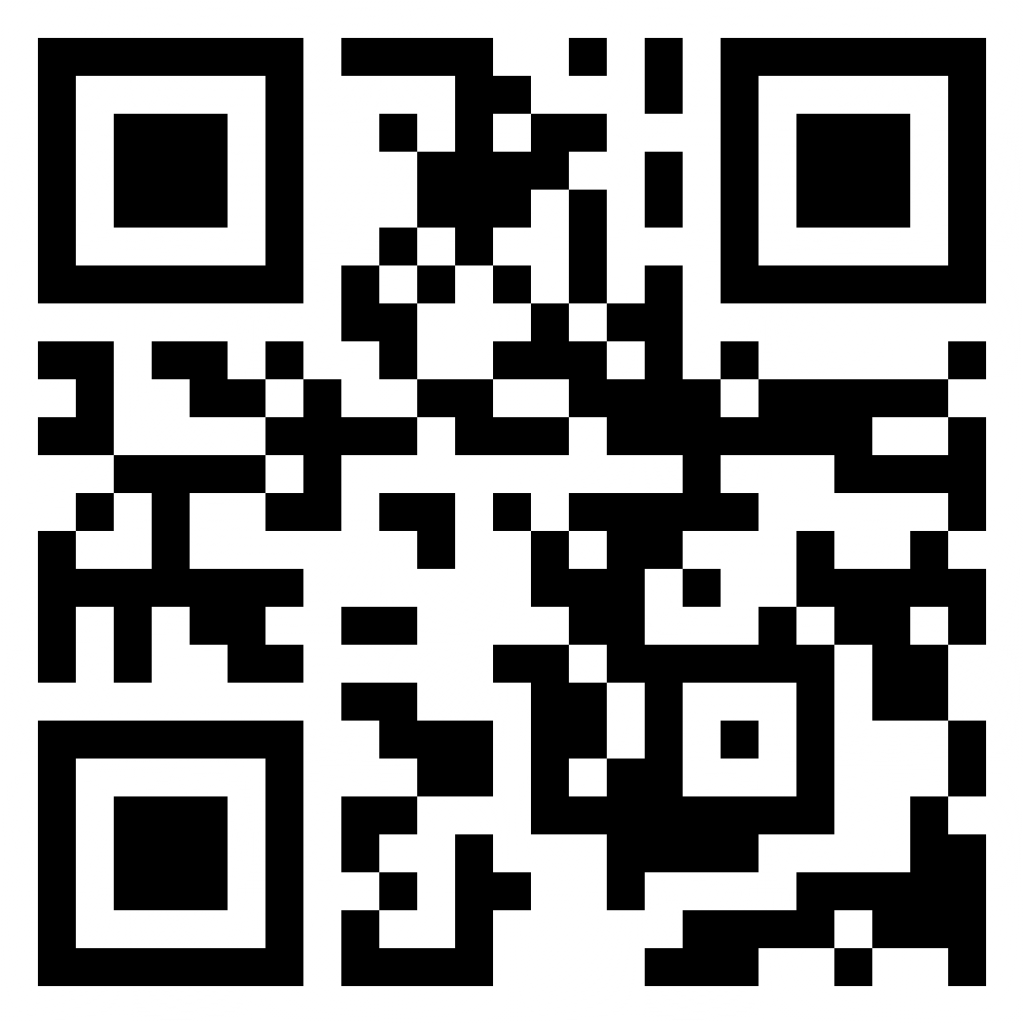Introduction
Python is one of the most versatile and popular programming languages in today’s technological landscape. A well-crafted Python portfolio is a showcase of your skills, experience, and passion for this powerful programming language.
But how do you build an impressive Python portfolio? This comprehensive guide takes you through every step of the process, from identifying your Python niche to regularly updating your projects. Let’s start!
Looking to Learn Python? Get Python Tutoring Online. Learn from top coders and software developers.
What is a Python Portfolio?
A Python portfolio is a curated collection of your Python projects, demonstrating your skills, knowledge, and experience with Python. It serves as a practical testament to your ability to apply Python to solve problems or develop applications.
Why Python is a Great Choice for Your Portfolio
Python is an excellent choice for your portfolio for several reasons. Its readability makes it a great language for beginners, while its extensive libraries and frameworks support diverse applications like web development, data science, machine learning, and more. Moreover, Python’s popularity ensures high demand for Python-skilled professionals.
Why is Building a Python Portfolio Important?
Building a Python portfolio is important as it gives potential employers or clients a tangible view of your Python skills. It showcases your ability to solve real-world problems, communicate your ideas effectively, and continuously learn and improve. A well-crafted portfolio can set you apart from other candidates in a job search or freelance gig.
Identifying Your Niche in Python
Exploring Different Python Applications
Python finds utility in a wide array of applications such as data analysis, machine learning, web development, game development, and automation, to name a few.
Choosing Your Niche: Data Science, Web Development, Automation, etc.
Choosing your niche is an important step. Your chosen niche should align with your interests, career goals, and the industry’s demands. For example, if you’re interested in uncovering insights from data, data science could be your niche.
Why a Niche Matters in Your Portfolio
Having a niche is beneficial as it allows you to focus your learning and project creation on a particular area of Python, showcasing depth of knowledge and expertise.
Building Your Python Skills
Learning Resources for Python
There are numerous resources available online to learn Python, such as online courses (e.g., Coursera, Udemy), coding bootcamps, books, and interactive Python tutorials.
Projects to Help You Learn Python
Hands-on projects are one of the best ways to learn Python. Starting with simple projects like a to-do list or a basic calculator can give you the confidence to tackle more complex projects over time.
Tips for Practicing and Improving Your Python Skills
Regular practice, code review, and learning from others’ code are some strategies for improving your Python skills. Participating in coding challenges and hackathons can also give your skills a boost.
Planning Your Python Portfolio
Once you’ve built your Python skills, it’s time to plan your portfolio. Consider what kind of projects you want to include, how many, and set a timeline to complete them.
Setting Goals for Your Portfolio
Deciding on the Number and Type of Projects
There’s no fixed number of projects to include in your portfolio. The quality of the projects is more important than the quantity. Make sure to include projects that best represent your Python skills and align with your chosen niche.
Creating a Timeline for Your Portfolio Development
Developing a portfolio takes time. Break down the process into manageable chunks and set a timeline for each task, such as planning, coding, documenting, and reviewing each project

Choosing Projects for Your Portfolio
Importance of Project Selection
Choosing the right projects is crucial as they reflect your skills, creativity, and ability to solve problems. Refer our collection of 24+ Python Projects here.
Ideas for Python Projects Based on Your Niche
If your niche is web development, consider building a web application with Flask or Django. If it’s data science, consider projects involving data cleaning, visualization, or machine learning.
Balancing Simplicity and Complexity in Your Projects
Your portfolio should include a mix of simple and complex projects. Simple projects demonstrate your grasp of Python fundamentals, while complex projects showcase your ability to apply Python to real-world problems.
Documenting Your Projects
Why Documentation Matters
Good documentation is essential as it explains what your project does, how it works, and how others can use it. It’s a reflection of your communication skills and consideration for others who may use or learn from your code.
Best Practices for Documenting Your Python Code
Best practices include writing clear, concise comments, using docstrings for functions and classes, and creating a thorough ReadMe file for each project.
Showcasing Your Problem-Solving Skills Through Documentation
Documentation is also a place to explain your problem-solving process, the challenges you faced, and how you overcame them.
Showcasing Your Python Projects
Creating a GitHub Repository for Your Portfolio
GitHub is a popular platform for hosting code. Create a repository for each of your Python projects and make sure the code is well-organized and properly documented.
Writing ReadMe Files That Attract Attention
A well-written ReadMe file includes a project title, description, list of features, screenshots (where applicable), and instructions for installation and use. It’s the first thing people see when they visit your repository, so make it engaging.
Using Jupyter Notebooks for Interactive Demonstrations
For data-centric projects, Jupyter notebooks are a great tool for showcasing your work as they allow you to interweave code, outputs, and narrative in a single document.
Building a Personal Website to Showcase Your Portfolio
Why You Need a Personal Website
A personal website acts as a central hub for all your projects and professional information, making it easier for potential employers or clients to find and explore your work.
Steps to Build a Website Using Python (Django/Flask)
Python’s Django and Flask frameworks can be used to build your website. Basic steps include setting up the environment, creating a new project, designing the layout, adding content, and deploying the website.
Tips for Designing an Engaging Portfolio Website
Design an intuitive, mobile-friendly website with clear navigation. Include an about section, contact information, and most importantly, links to your Python projects.
Networking and Sharing Your Portfolio
Leveraging Social Media to Share Your Work
Platforms like LinkedIn, Twitter, or dedicated coding forums can be great places to share your work, gather feedback, and engage with the Python community.
Joining Python Communities and Contribiting
Join Python communities like PyLadies, Python User Groups, or open source projects on GitHub to learn from others, contribute, and increase your visibility.
Tips for Getting Your Portfolio Noticed
Engage actively in the community, share updates about your projects, provide value by helping others, and don’t shy away from showcasing your achievements.
Looking to Learn Python? Get Python Tutoring Online. Learn from top coders and software developers.
Keeping Your Python Portfolio Up-to-Date
Regularly Updating Your Projects
As your skills improve, revisit your projects and update them. This shows your commitment to continuous learning.
Adding New Projects as You Learn More
Add new projects to your portfolio as you learn new tools, libraries, or techniques. This will showcase the breadth and depth of your Python skills.
Reflecting on Feedback and Making Improvements
Take feedback from others, reflect on it, and make improvements. This shows your ability to learn from criticism and grow.
Conclusion
Building a Python portfolio is a rewarding journey that showcases your Python skills, creativity and passion for problem-solving. By identifying your niche, building your skills, you will be able to grow as a python developer.

















